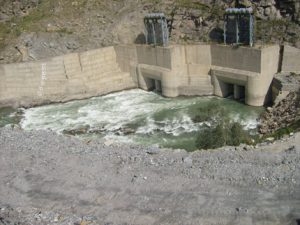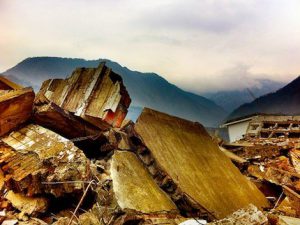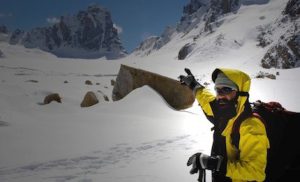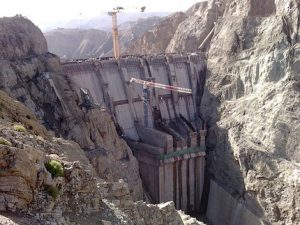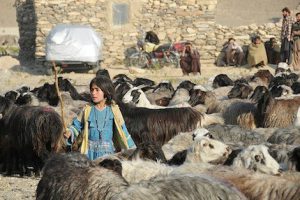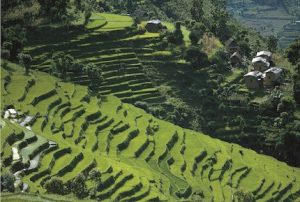Experts propose a new approach for the world’s most endangered river in a new report from thethirdpole.net
To download the complete e-book click here.
The Brahmaputra is a key river in the region that encompasses India, Bangladesh, the Hindu Kush Himalaya mountain range and the Tibetan Plateau, widely known as the Third Pole.
Around 2,900 kilometres long from its origins in the glaciers of Tibet, one of the world’s most earthquake prone regions, to its confluence with the Ganga in Bangladesh, the Brahmaputra drains most of the eastern Himalayas. In one 400 kilometre mountain stretch, the river drops more than 2,000 metres in altitude, as it takes what is known as the Great Bend. It carries a volume of water greater than the combined flow of the largest 20 rivers in Europe, second only to the Amazon and the Congo rivers, supporting the livelihoods of millions of people.
Today the river is threatened both by climate change and the race between India and China to build dams and other major infrastructure projects on its higher reaches. These plans could severely damage the river’s ecosystems and its capacity to sustain the livelihoods of the people who live along it, and have become a source of severe tension between India, China and Bangladesh.
In Brahmaputra: Towards Unity, independent experts from Bangladesh, China and India highlight the crisis on the Brahmaputra and challenge governments as well as academics and civil society to adopt a fresh approach to preserve the river for all its peoples.
They point out that the Brahmaputra river system is complex. Protecting its vital systems and restoring damaged ones demand systemic understanding, sound planning and good decision-making. This will require comprehensive information, the building of expertise, and collaboration between governments, experts and civil organisations.
Key recommendations include:
· Establish scientific collaboration across national boundaries, to include joint research and data sharing programmes
· Carry out comprehensive river-wide environmental impact assessments for all dam and other infrastructure projects
· Explore the compelling alternatives to hydropower, such as solar
· Build trust and cooperation at all levels, to include the translation of key scientific papers from Chinese to English and vice versa
The Tibetan Plateau is the largest and highest region on earth and the source of 10 major river systems that provide irrigation, power and drinking water for over 1.3 billion people – nearly 20% of the world’s population. Its ice fields contain the largest reserve of fresh water outside the polar regions. Many countries in the Himalayan watershed are suffering serious water stress; planned infrastructure projects, including dams, are raising both regional and cross-border tensions and risk severe environmental impacts in a region already at risk from flooding, water shortage and pollution. Future population growth, climatic variation and increasing demands on scarce water resources from agriculture and industry will increase these risks. Mitigating them will demand high levels of cooperation.

